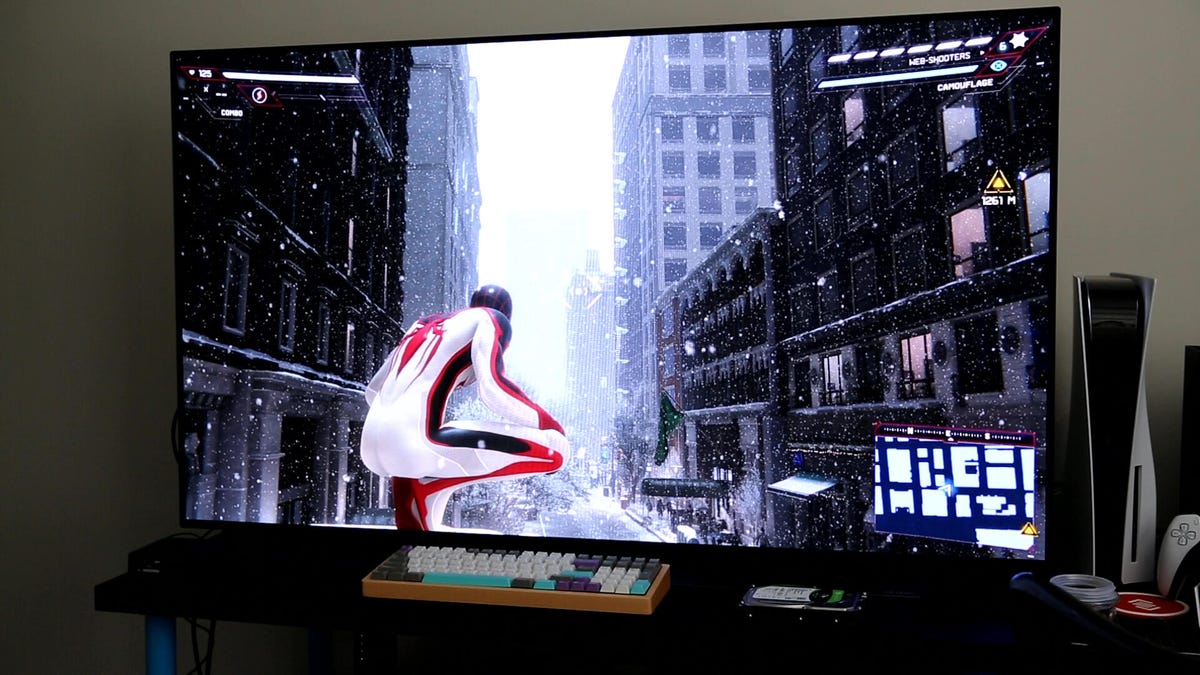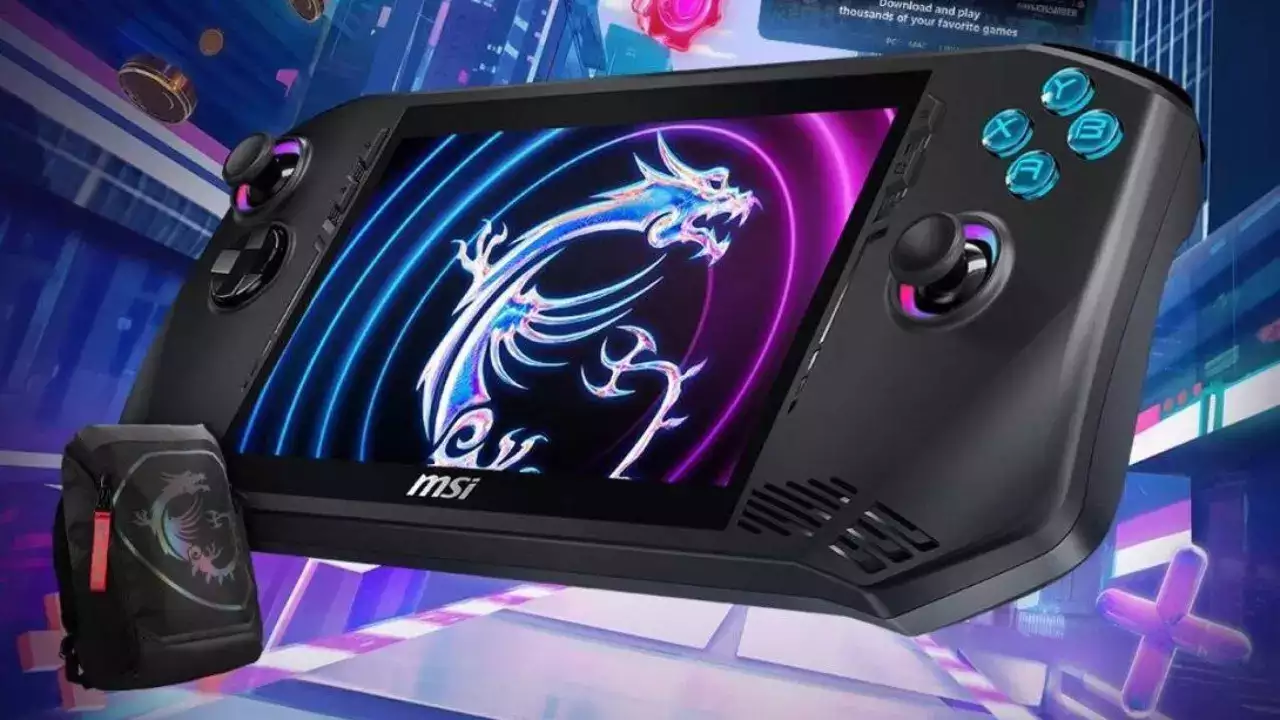How to pick the top TV for gaming right now
June 23, 2023 By Monica Green

(Image Credit Google)
(Image credit- PCMag)
It used to be necessary to carefully review spec sheets in order to choose a TV that will work with your PlayStation or Xbox.
Today, however, that isn't the case because the greatest TVs for gaming are typically the best TVs you can buy overall. While you don't need a nice TV in your living room to enjoy a decent video game, the appropriate setting can help you get the most out of your gaming time.
If you're not sure where to begin, we've provided some helpful tips for selecting the finest model below, along with our top selections for
the best gaming TVs available right now.
[caption id="" align="aligncenter" width="1200"]

Image credit- CNET[/caption]
What to Search for in a gaming television
Any decent TV works on the same principles, whether you use it for gaming or not. You need a 4K resolution (which is currently the industry standard), enough brightness, excellent contrast ratios with uniformly deep and black tones, accurate colors that strike the proper balance between saturation and accuracy, and wide viewing angles.
A
TV with no input lag, quick motion response, and no blur or other unpleasant artifacts behind moving objects is ideal for video games. Undoubtedly, the most difficult aspect of the procedure is locating a set that meets all your requirements and is within your price range.
The finest visual quality for gaming or other purposes will currently be provided by a top-tier OLED TV. However, good OLED TVs are still more expensive than comparable LED LCD models, and they still might not be bright enough for people who watch TV in a setting with a lot of ambient light.
1. 8K Video Quality
If you choose an LCD TV, a quantum dot filter can improve colors, while a sophisticated backlight with mini-LEDs and efficient full-array local dimming will typically improve contrast and lighting detail.
Although the PS5 and Xbox Series X are technically capable of producing 8K video, very few games are designed at that quality, and the benefits of 8K are quite limited unless you plan to sit excessively close to a large TV. In addition to being scarce, 8K TVs are also quite pricey.
[caption id="" align="aligncenter" width="1000"]

Image credit- RTINGS.com[/caption]
2. Check for HDMI 2.1
Your TV needs to support HDMI 2.1 in its entirety if you want to get the most out of a PlayStation 5 or Xbox Series X/S.
This is the most recent significant improvement to the HDMI specification, offering a higher maximum bandwidth (48 Gbps, up from HDMI 2.0's 18 Gbps) and a number of features that are particularly helpful for gaming.
3. HDR — High Dynamic Range
The capacity of a TV to display a broader range between the darkest and brightest areas of a picture is known as HDR. On a standard dynamic range (SDR) TV, this wider range can highlight details in both the extremely dark and, especially, the extremely bright regions of an image that would otherwise be lost.
In most cases, HDR also improves color reproduction, showing a wider range of more vivid hues that more closely resemble the original intention of the content's creator.
4. ALLM — Auto Low Latency Mode
ALLM enables a source (such as your PS5 or Xbox) to instruct the display to go into a mode that lessens the lag between receiving each frame of an image and presenting it on the TV.
This eliminates extra processing that might make the difference between receiving an accurate input or not in terms of milliseconds. A good modern TV may automatically go into game mode and then exit it when you'd want to watch a movie or TV show.
[caption id="" align="aligncenter" width="625"]

Image credit- PCMag[/caption]
5. VRR — Variable Refresh Rate
For PC gamers, VRR is a well-known feature, although it's still quite new for most TVs. The majority of gamers have encountered slowness, screen tearing, or stutters that can occur when your system fails to produce each frame at the desired speed, which is often 30 or 60 frames per second on a TV.
The visual artifact of tearing occurs when the game stutters, causing the TV to either stay on the same frame or show portions of two different ones.
However, with VRR, everything remains in sync because your display won't show the subsequent frame until it is prepared. This can make things feel more responsive and slicker, even if the system doesn't meet its aim of 30, 60, or even 120 frames per second.
Also read:
Discord, VRR at 1440p, and More in PS5 Update: a rival to the PC?
Here is the list of top gaming TV available currently:


 Image credit- CNET[/caption]
Image credit- CNET[/caption]
 Image credit- RTINGS.com[/caption]
Image credit- RTINGS.com[/caption]
 Image credit- PCMag[/caption]
Image credit- PCMag[/caption]






